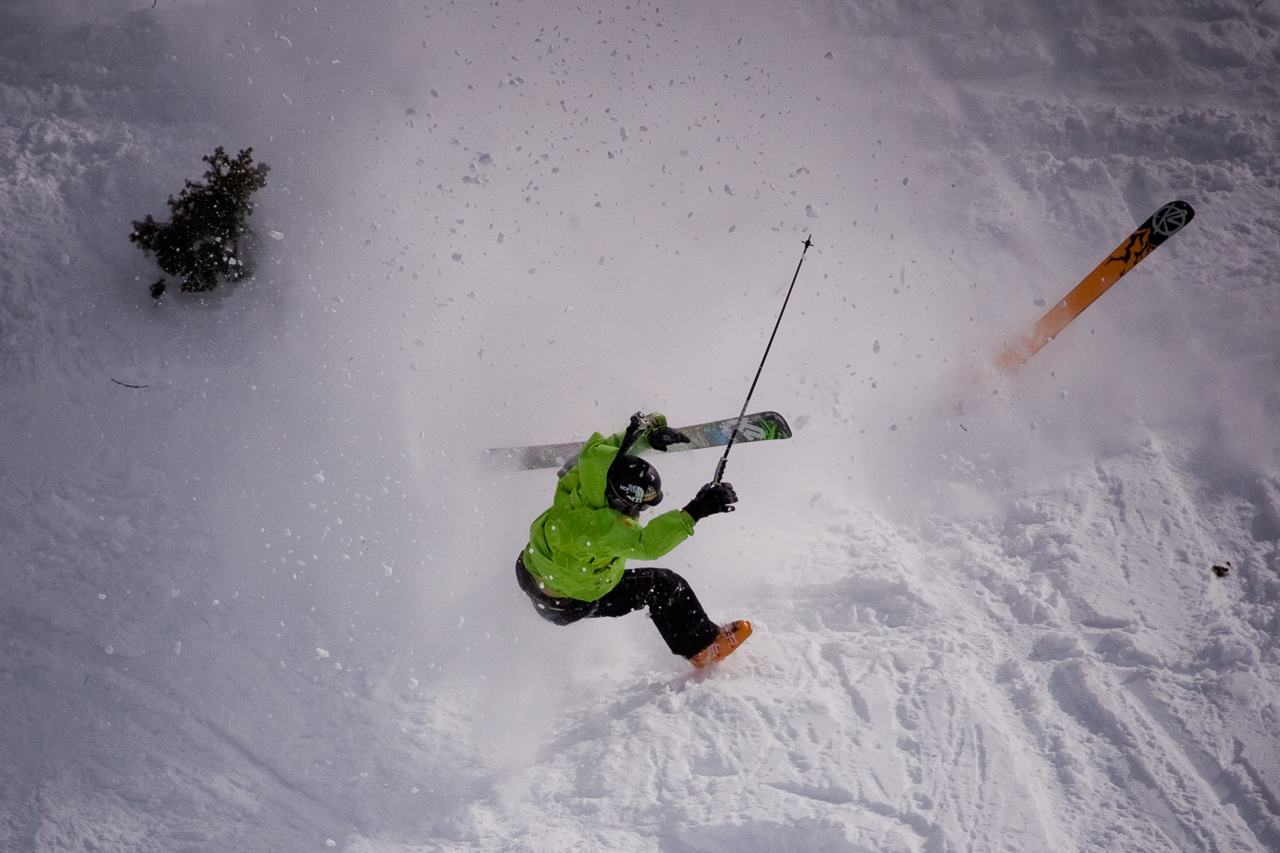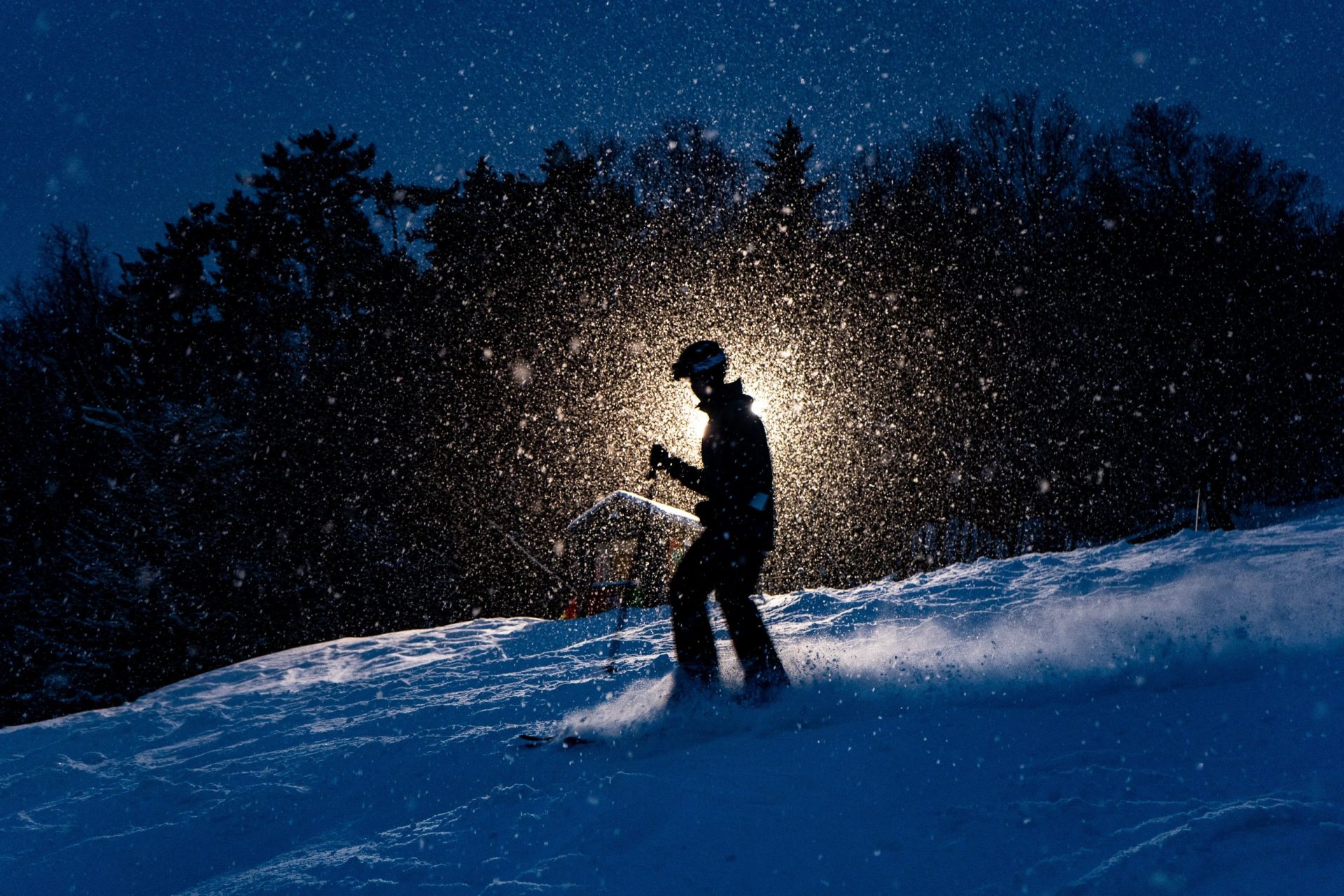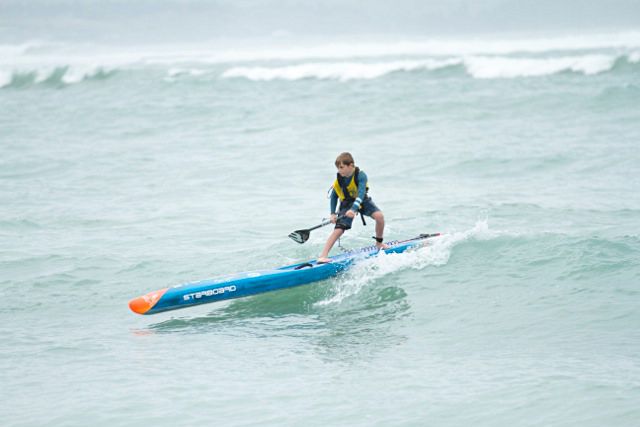
Ski pole straps, for a very long time, were an expected piece of equipment skiers would use to ensure they didn’t lose their gear during a fall or while pole planting. It wasn’t until fairly recently, skiers began to turn their backs on pole straps for various reasons, mainly for safety concerns. Perhaps due to the progression and evolution of the sport over the last few decades, skiers have been pushing themselves into terrain and situations where having something attached to your wrist may be more detrimental than beneficial.
Ski pole straps were designed to, first and foremost, keep skiers from losing their poles. Aside from that, properly using straps provides a spring effect, providing extra momentum when climbing or pushing. Using straps also improves grip, something that can come as a challenge when bulky winter gloves come into play. Alpine ski racers, for example, rely on straps to maintain control and maximize efficiency during explosive pole plants out of the start gate. Losing a ski pole during a race can be disastrous for a ski racer. Historical records show that ski poles featured straps as early as 1912. However, LEKI became the first major manufacturer to commercialize grips and straps in the 1960s.
Injuries involving ski pole straps tend to occur when the user has the straps too tight and isn’t able to properly release the poles during a fall, or too loose which can lead to entanglement. Proper grip of the pole is also an essential in order to prevent thumb and wrist injury. According to yardsale.ski, one should “Place your thumbs through the pole straps from underneath. The straps should rest comfortably around your wrists. Wrap your fingers around the pole grips, ensuring a firm but relaxed hold. Avoid gripping too tightly, which can cause fatigue.” Many beginner skiers will place the strap over the hand, causing injury to the thumb during falls (an injury known as skier’s thumb).

I do not use ski pole straps anymore. I began skiing around the age of 4, and for as long as I can remember I always used them until the day I was humbled by the mountain. It was a dark, crisp evening of night skiing high in the Colorado Rockies. I wanted eagerly to catch the last lift of the night. Right before exiting the chair, I checked the time. I realized I had just 8 minutes to make it to the base if I wanted to catch that last sought after lift back to the top, where I could then enjoy one more leisurely run down with the mountain all to myself. I jumped off the lift and began speeding down the front side, with no seconds to spare to put my goggles back on, let alone my pole straps. I blasted through the darkness on a trail I was extremely familiar with, a little out of the way and generally not crowded whatsoever as it contained more advanced terrain in an otherwise more beginner friendly section of the mountain.
In the blink of an eye, I was ejected out of my bindings and began tumbling down the mountain like a tossed aside rag doll. When I came to a stop, I realized my poles were nowhere to be seen and my skies were about 30 feet above me. I boot packed back up the hill in defeat, knowing there was no way to catch my coveted last lift and feeling a bit of shame for the inexplicable tumble I had previously taken. It was at that moment I realized my mistake. Patrol had closed off the trail, more than likely due to it being the very end of the night and I blew right through the rope like a fool. I found one of my poles completely tied up in the rope. This is when it hit me: what would have happened to my shoulder or wrist if I had strapped in as I had always previously done? My other ski pole was nowhere to be seen, presumably flung deep into the pines during the crash. Naturally, I notified Ski Patrol of my mistake so they could take proper closing procedures after my fall, but was left with a lasting lesson of why not to use pole straps on more challenging runs. That day I got lucky.

Snowbrain’s CEO Miles Clark had an interesting conversation with some friends recently on a chairlift, where they recounted their own reasons for not using pole straps. His pal Lee stated he never uses pole straps due to “Avalanches. If I get in an avalanche, I want to be able to get rid of everything I can and I want to be able to swim and fight to stay on top and easily pull my avalanche airbag handle without being impeded by a pole pulling my hand wherever it wants. It’s also great when hiking because you can move your hand up and down the pole with ease. Even if you aren’t wearing the straps, they get in the way when changing your hand position on your pole and can even cause you to slip off if you accidentally grab the strap.” Avalanches can present a real hazard to skiers and outdoor enthusiasts in general. According to the Colorado Avalanche Information Center, 27 people die in the U.S. each year in avalanche related accidents.

His friend Patrick followed up with his own reasons for not using pole straps. “Because of tree branches. A tree branch can catch your pole basket as you are skiing by and easily dislocate your shoulder. I heli skied in Revelstoke a long time ago and they gave you poles that had no straps and taught you to use them. I’ve never gone back.” Nick, the fourth member of the group chimed in with his take. “When hiking or skiing my poles will get caught in holes or branches under the snow. With no strap, it’s no problem. With a strap, you can get hung up or throw off balance leading to a bad fall in a bad place.”
Personally, I agree. While ski pole straps absolutely have their place on beginner/intermediate terrain, or for competitive athletes, those venturing into the backcountry are increasingly likely to cast them aside. On the other side of the coin, those that learned to ski with straps feel more comfortable continuing to use them as intended. So, at the end of the day, it truly is a personal preference. Gear companies have been designing new breakaway straps, with improved technology to prevent issues such as freezing and tangling in recent years. Perhaps in the coming years with the way the industry evolves, as gear technology evolves, I—and many other strapless skiers—may need to reconsider.





